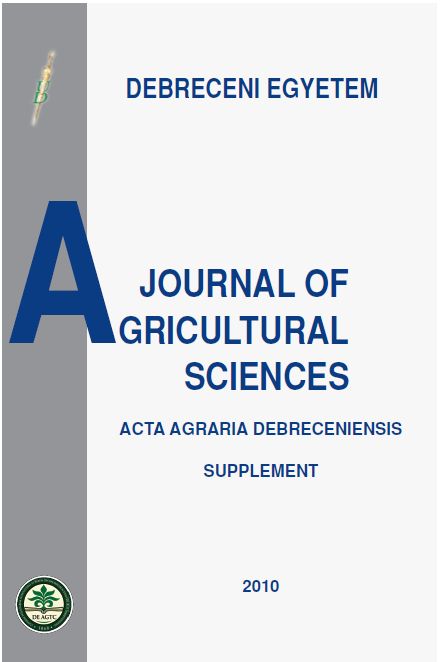The toxic effects of aflatoxin microorganisms in plants used as spices
Author
View
Keywords
License

This work is licensed under a Creative Commons Attribution 4.0 International License.
How To Cite
Abstract
As an extension of the analysis of black, white and capsicum peppers for aflatoxins , we have examined an additional 11 types of spices and
4 herbs for these mycotoxins. The investigations consisted of assessment of the applicability of available methods of analysis and modifications of
these, where necessary together, with a limited survey of each spice and herb for aflatoxins. The analysis of 13 types of ground spices reported
the presence of low concentrations of aflatoxins in some samples of black pepper, celery seed, and nutmeg. We decided to include in our study 5
of the spices examined by these workers (cinnamon, celery seed, coriander, nutmeg, and turmeric) for a comparison purpose. In addition we
examined ginger, mace, cumin seed, dill seed, garlic powder, onion powder, and the herbs marjoram, rosemary, thyme, and sage.

 https://doi.org/10.34101/ACTAAGRAR/I/8375
https://doi.org/10.34101/ACTAAGRAR/I/8375